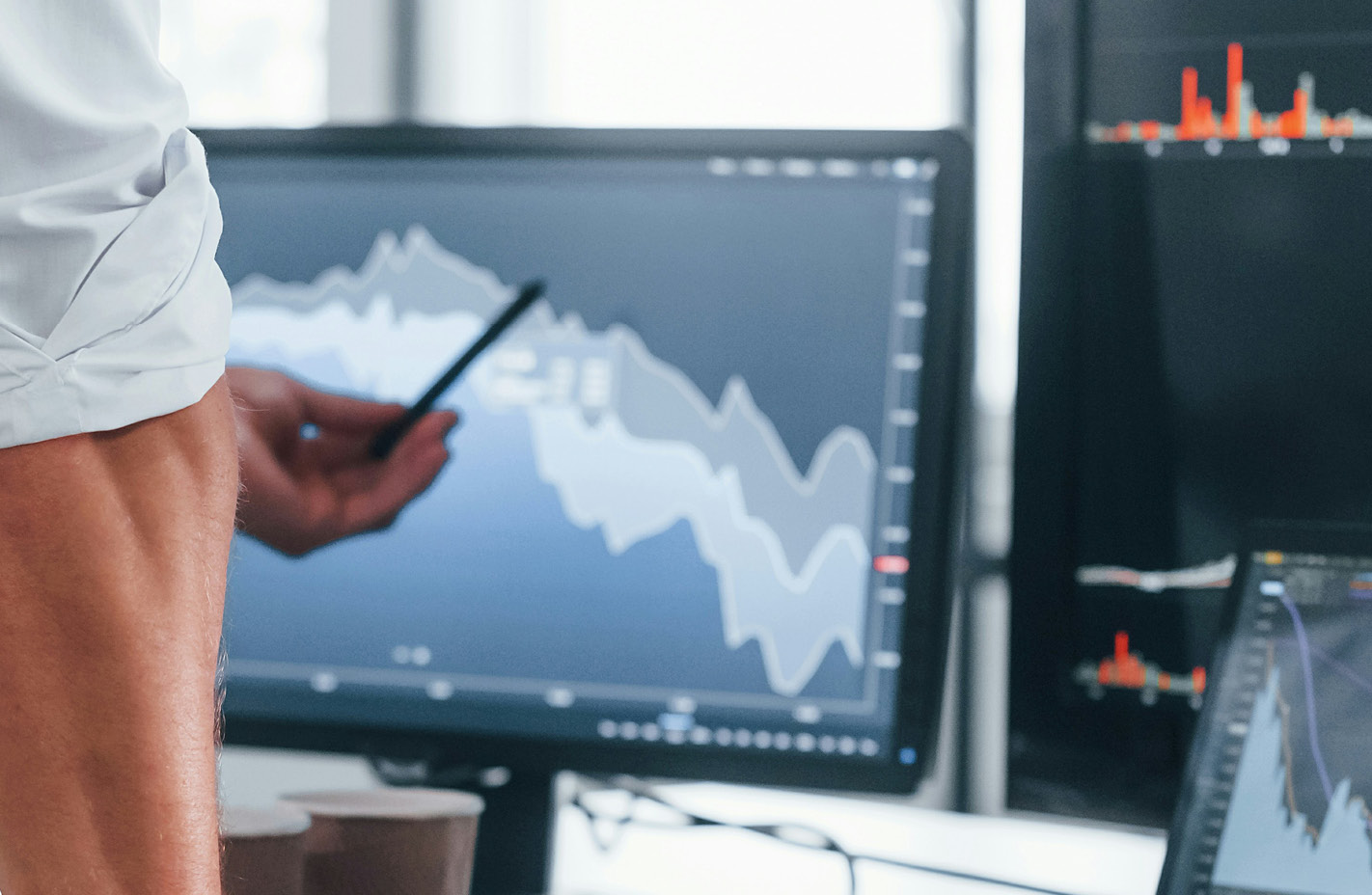Opportunities in corporate bonds from the bottom credit shelf
The article is more than 3 months old. Please note that there may have been changes in the circumstances described in the article.
They used to be called "junk bonds". But corporate bonds of low credit quality are gaining ground and have become a recognised investment opportunity.
Chief Portfolio Manager at Danske Invest, Andreas Dankel, is in charge of one of the teams inve sting in corporate bonds. In recent years, particularly high yield bonds have gained acceptance – especially in Europe – and yielded two-digit returns. Here Andreas Dankel explains what corporate bonds in general and high yield bonds in particular are and why they may be a good investment right now.
sting in corporate bonds. In recent years, particularly high yield bonds have gained acceptance – especially in Europe – and yielded two-digit returns. Here Andreas Dankel explains what corporate bonds in general and high yield bonds in particular are and why they may be a good investment right now.
High yield: Good in situations of rising interest rates and economic growth
Bankruptcies are expected to be at a historically low level due to the improved economic outlook. High yield bonds are then better than other types of bonds at withstanding the interest rate rises expected by economists.
”It is important to look at developments in the underlying interest rate. If it increases, it will erode the return on corporate bonds. But especially high yield bonds are less sensitive to interest rate rises because they are typically short-term bonds, which are not as easily affected,” says Andreas Dankel.
Corporate bonds are generally safer than equities
According to Chief Portfolio Manager Andreas Dankel, you could typically say that corporate bonds lie between equities on the one side and government and mortgage bonds on the other side in terms of risk.
”Corporate bonds are generally not riskier than equities. In several respects, they are actually safer. In the event that the issuing company fails, you will not necessarily lose all your money. This is generally the case for equities. Moreover, corporate bonds also offer ongoing yields,” explains Andreas Dankel.
The companies' financial resilience determines the rating
But what is a high yield bond actually? A high yield bond is a bond issued by a company that is less efficient at generating stable earnings or does not have as strong a balance sheet as the best companies. Perhaps the company has a highly leveraged capital structure.
“This leads to uncertainty among investors, and it means that these companies will have to pay a higher yield – hence the name – if they want to borrow money. Simply because investors require a higher yield due to the higher risk,” Andreas Dankel explains.
The main pitfall: avoid bankruptcies
In Andreas Dankel’s view, the main pitfall to avoid in the selection of high yield bonds for Danske Invest’s sub-funds of corporate bonds is bankruptcies.
”Our target is, of course, to avoid investing in companies that fail. And we are actually close to a bankruptcy rate of zero – also in our high yield sub-funds in Danske Invest. Moreover, we seek to buy the bonds at the highest possible yield and subsequently see the bond price rise. Then we can sell the bond at a profit,” says Andreas Dankel.
Diversify investments across countries and sectors
High yield bonds are associated with a high credit risk, i.e. a risk that the corporate issuer will default on its debt. It is therefore important to diversify investments across countries and sectors and across many different bonds.
Investing in high yield bonds through an investment fund entails risk diversification across a large number of bonds, which is difficult to obtain on your own.







